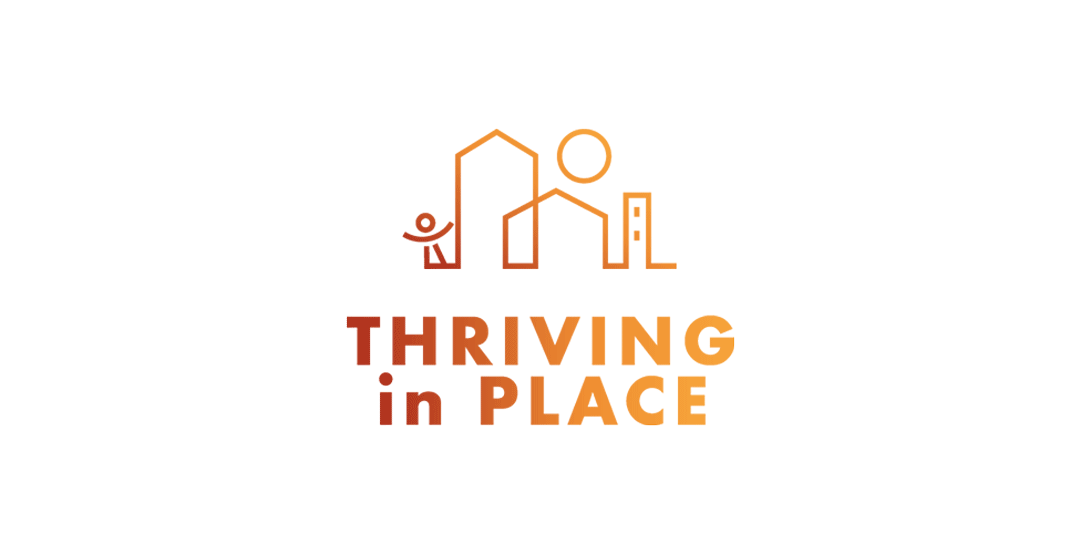
When you are forced to move—for example, because your rent has gone up to a price you can’t afford, you have a crisis (job loss, medical emergency, or other) and can’t make your rent or mortgage payment, or the place you live in is being torn down—you are “involuntarily displaced.”
You didn’t make the choice yourself.
What are gentrification and displacement?
Learn more from these videos, courtesy of our project team members at the Urban Displacement Project. For resources related to each video, head here.
Lasting Impacts of Displacement
Gentrification Explained
Redlining and Gentrification
Note: The above is a case study from the Bay Area in California
There are different kinds of displacement
Displacement is complex and happens in different ways. Here are three common types of displacement.
Direct Displacement
Sometimes households are forced to move because they are evicted or because their building was torn down, often to make way for new and more expensive development. When this happens, we call this direct displacement—people who lived in these homes and neighborhoods are forced to live somewhere else.
Indirect Displacement
Indirect displacement occurs when households can no longer afford to stay in their homes because of increasing rents. When rents get too high for families, particularly low-income households, they may feel pressure to move to a more affordable neighborhood that is far from their social networks, jobs, schools, places of worship, and other important amenities.
Cultural Displacement
Both direct and indirect displacement can lead to cultural displacement as the character of a neighborhood changes and old residents and businesses are replaced with new ones. The people who are displaced are often lower-income households of color and immigrants, while the people moving in are often higher-income and white. As a result, even people who are able to stay may feel a sense of loss as their friends and neighbors leave, familiar businesses close, and their neighborhood transforms.
The drivers of displacement
Incomes are not keeping up with the rising cost of housing.
As a result, many people are paying a larger and larger share of their income on rent, and some are unable to find any rental they can afford.
Segregation, redlining, and white flight.
These historic practices established lasting patterns of racial and economic inequality that make low-income households of color particularly vulnerable to displacement today. See the Urban Displacement Project’s video “The Legacy of Redlining” for more information about this.
Regional population and job growth.
When new residents move into a neighborhood or city, this puts pressure on the housing market, driving up costs. To accommodate the incoming population, developers build new, often more expensive, housing that is not affordable to existing residents.
Loss of existing affordable housing.
Increasing housing demand can lead to spikes in rent or even the demolition of older and more affordable homes to make way for more expensive homes. In some cases, speculative investors may buy up existing affordable property as an investment and make it unavailable to tenants.
Lack of tenant protections.
If a city or state does not have laws aimed at protecting renters against unfair evictions or sudden spikes in rent, then displacement is more likely to occur.
Public investments.
Investments like transit and parks are important and can improve the quality of life in a neighborhood, but they can sometimes have unintended consequences by helping drive up housing costs and leading to more rapid displacement.

Losing people who have been a part of our community impacts us all. Without enough safe, healthy, and secure housing for people of all incomes, we lose our diversity, and economic vitality.
When families and members of our workforce are forced to leave their homes and neighborhoods, it can have significant and lasting effects on livelihoods, businesses, social networks, and health.
People with limited resources often end up living on the street, in their car, or doubled up with friends and family. Others are able to find alternative housing, but often in other neighborhoods or other cities--far from their jobs, friends, places of worship, and other community networks.
Housing in SLC, at-a-glance
(Data pulled from Salt Lake City’s Affordable Housing Dashboard. Explore more housing data here.)
Displacement is directly linked to our housing—how much we have and its type, cost, size, and location. Here are some key facts about housing in Salt Lake City. You can learn more by visiting Growing SLC, the City’s 5-year strategy to increase housing affordability.
We have a shortage of affordable housing
Salt Lake City is home to close to 36,000 low-income families and only 17,487 affordable units. At least 18,000 affordable homes are needed to close this gap.
There are only three affordable rental units in SLC for every 10 extremely low-income families.
We are a city of renters and rents are rising
A majority (51%) of Salt Lake City residents are renters. Over the past few years, affordable rent has become increasingly hard to find, and rents are increasing in what used to be our most affordable neighborhoods. In the last year alone, rents have increased by 11% (apartments.com).
Low incomes and rising rents create significant strains
Almost half of all renters (45%) are cost-burdened, meaning 30% or more of their income goes towards housing. And around 22% percent of renters are severely cost-burdened, meaning half or more of their income is spent on housing. For Black and African-American residents the burden is particularly severe, with 51% being cost-burdened.






